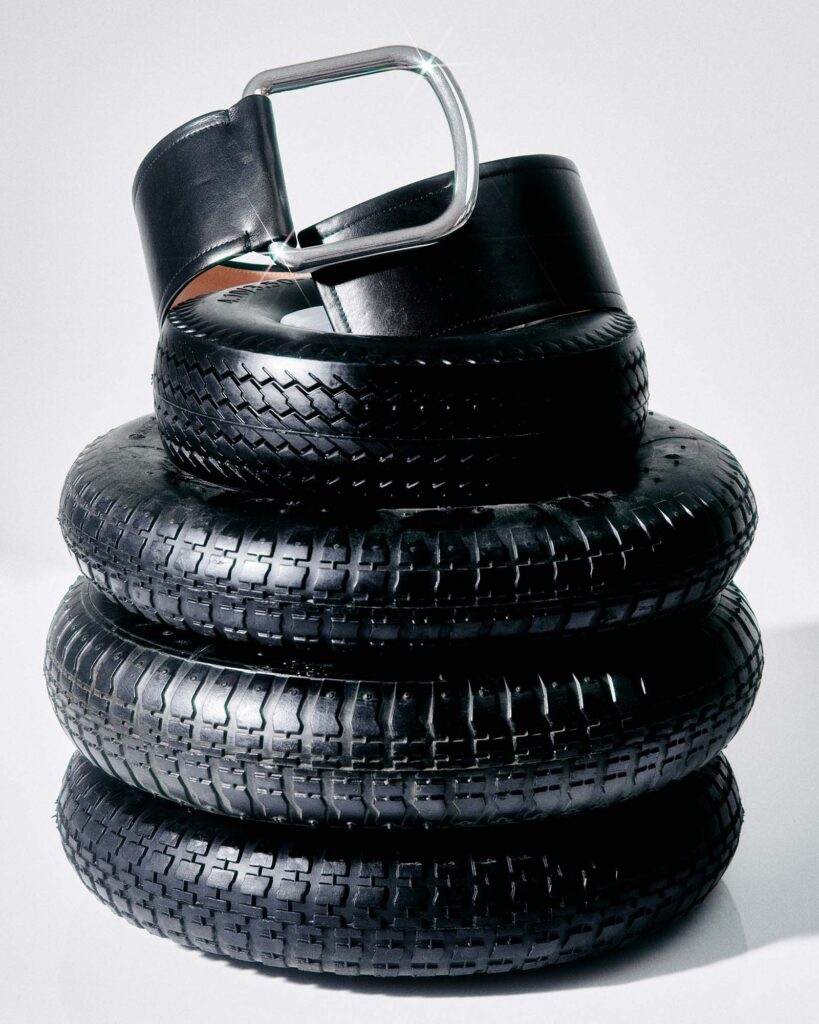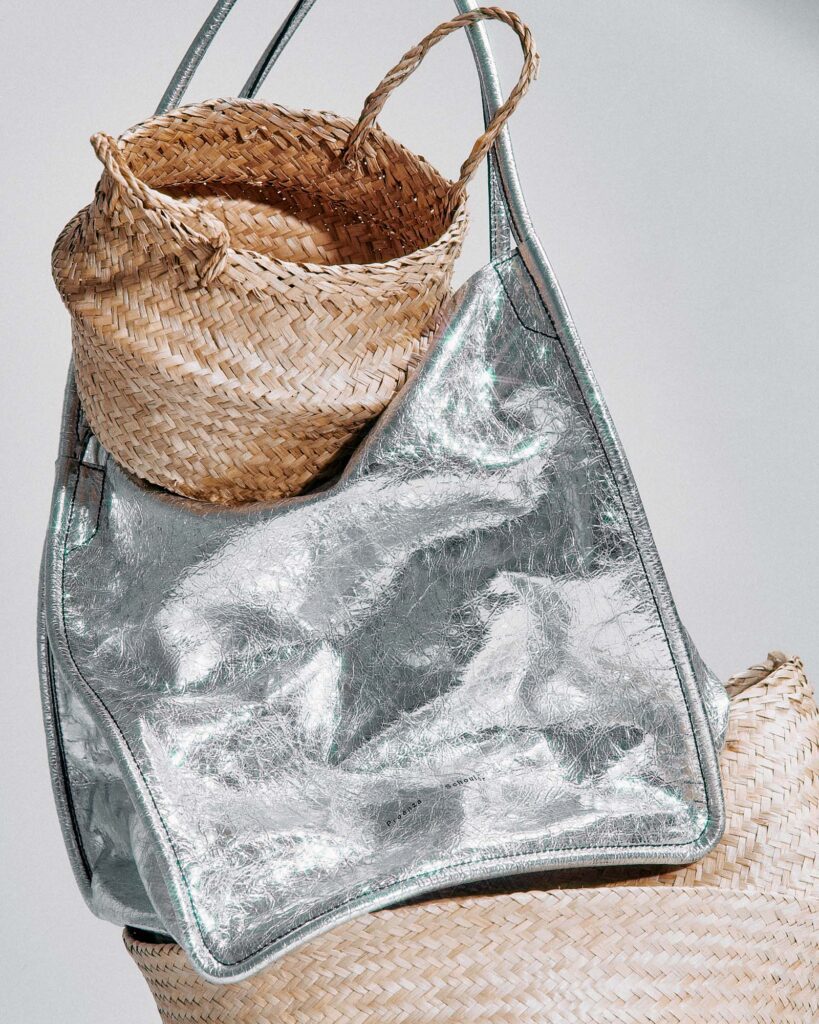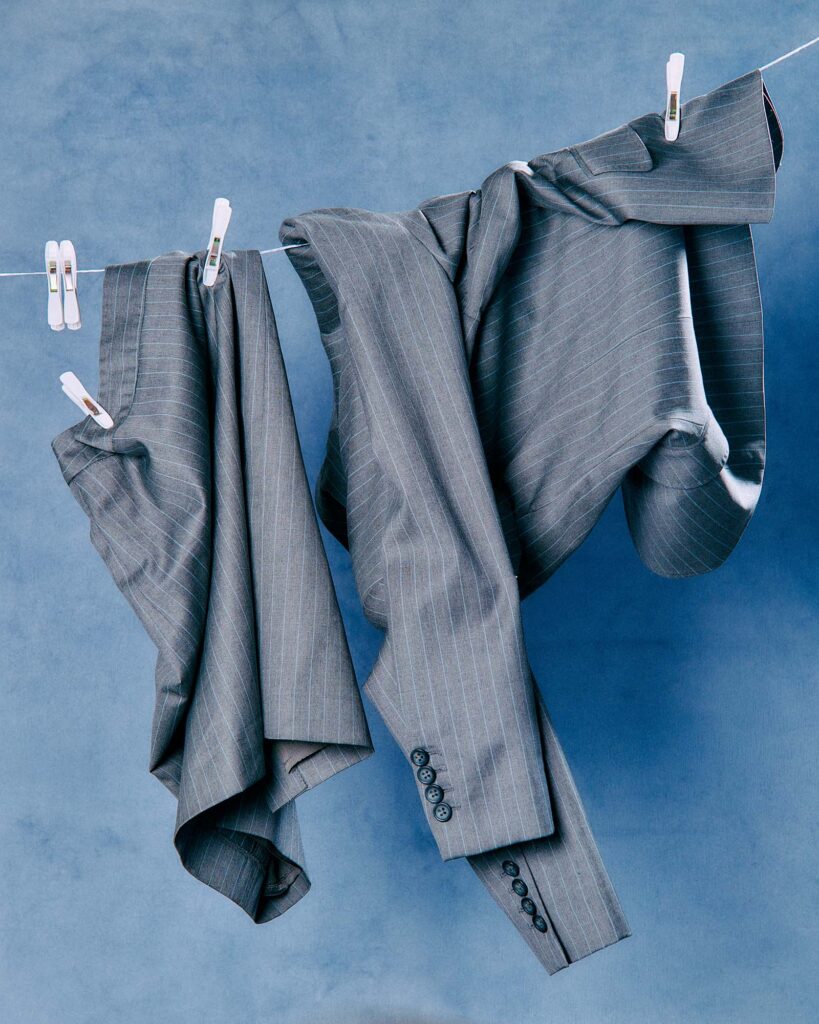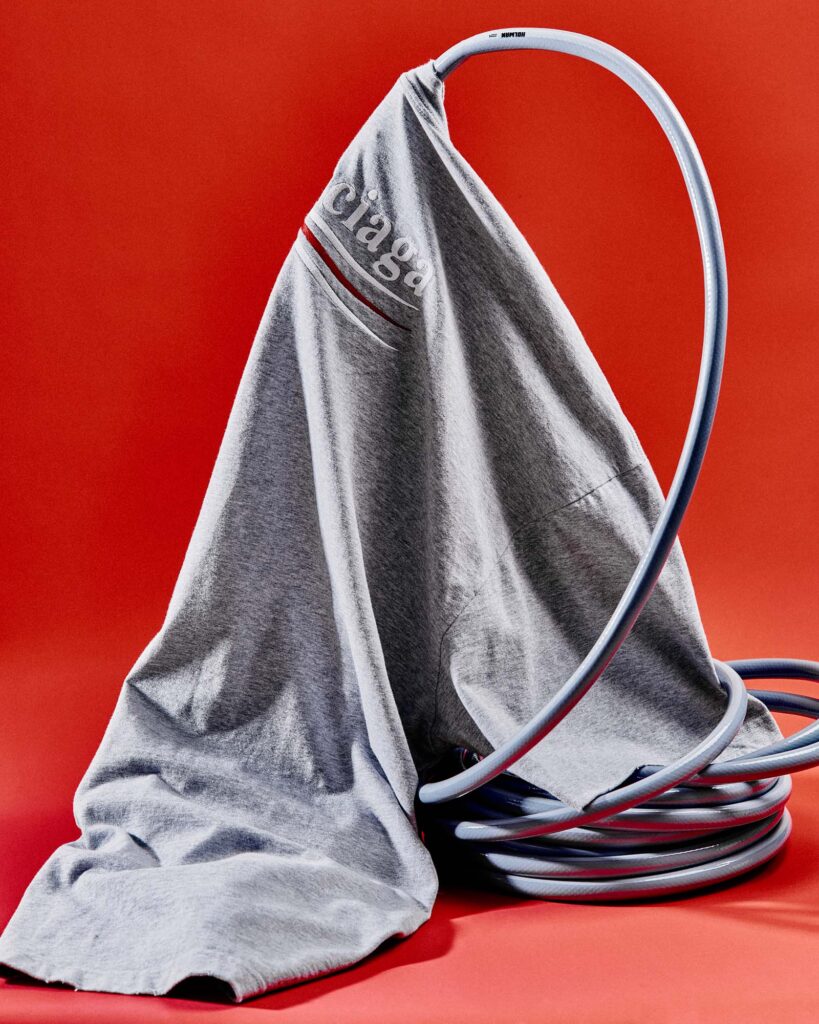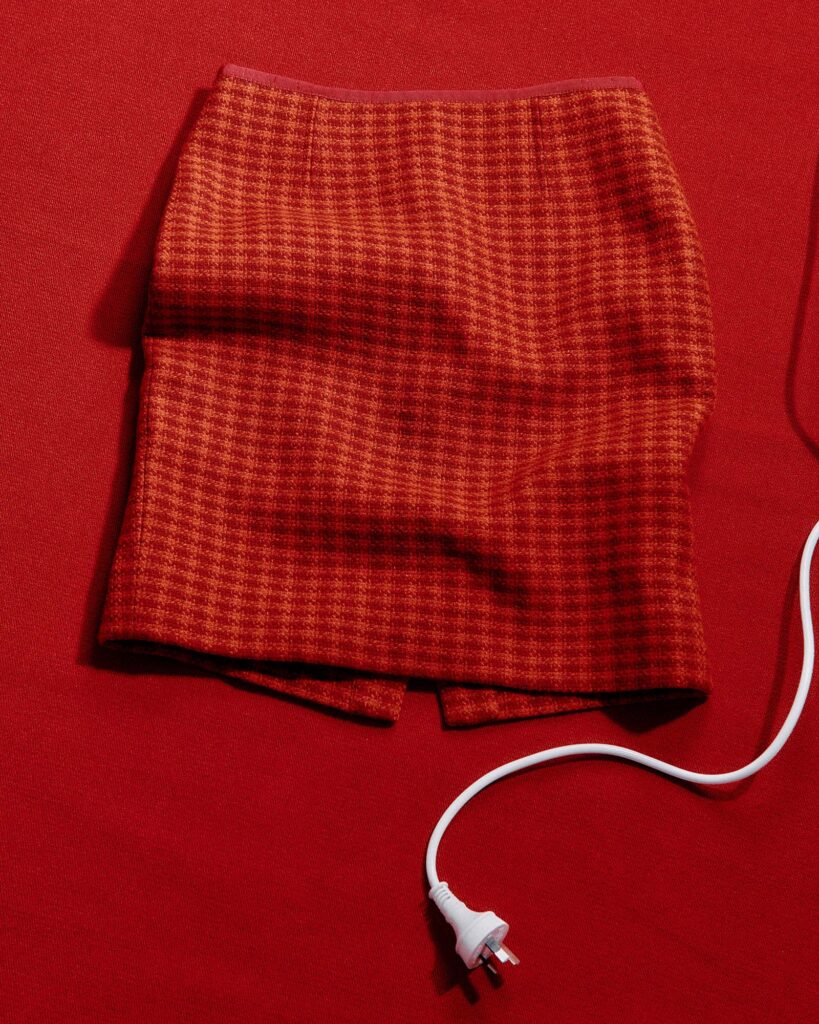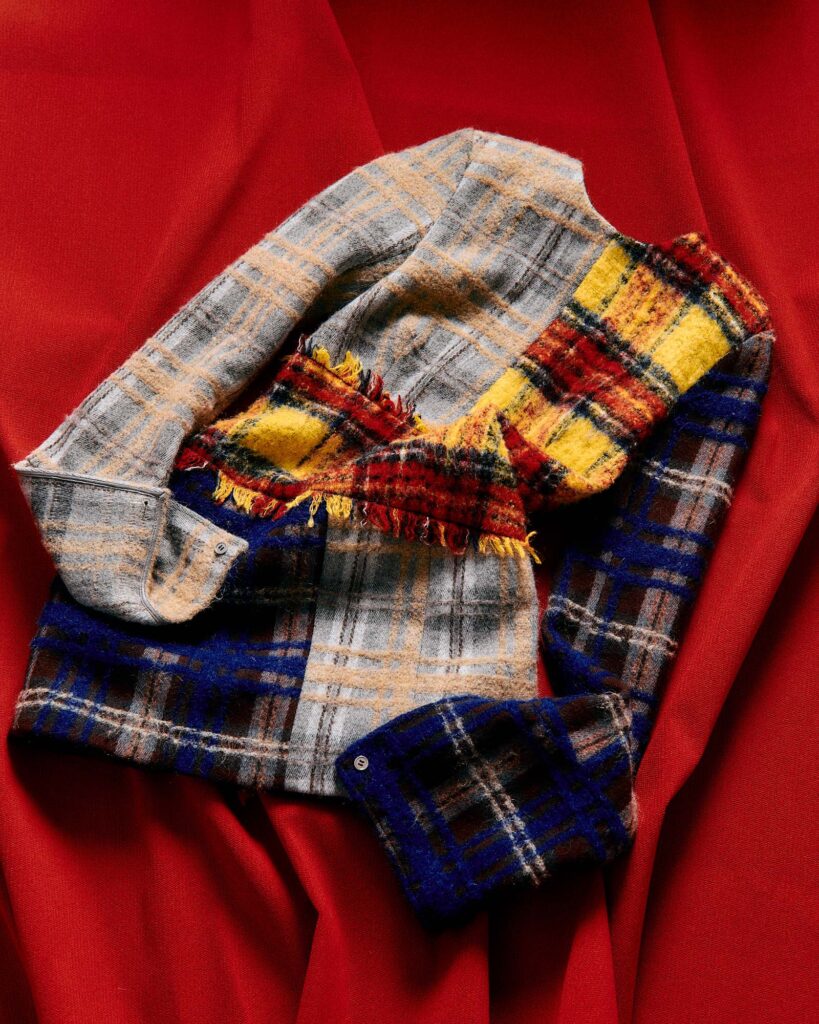Circular Vision

How SWOP is Championing Meaningful Change
If you’re like any of the young Australians striving to make conscious fashion consumption decisions, it’s probably safe to assume you feel the same confusion and overwhelm when approaching the best path to adopt less consumerist-driven practises. Especially when facing the barrage of fashion brands promoting ‘conscious capsules’ or ‘sustainable collections’, it can be difficult to understand what constitutes a ‘positive’ consumer act. Although many brands implement environmentally friendly manufacturing processes, it is impossible to ignore the harrowing statistics that see over six thousand kilograms of textile waste being deposited into landfills every 10 minutes in Australia alone. With this in mind, we look to SWOP, the clothing exchange service on a mission to disrupt the wasteful practises of the current fashion industry at large.
Emerging from West End, Brisbane, on Turrbal and Jagera lands, the concept for SWOP was inspired by the clothing exchange culture in North America and its longstanding, rich history of trading the hand-made garments and precious objects that are designed to be cherished, mended and passed down over generations. Recognising the dearth of clothing exchanges in Australia, the first brick-and-mortar SWOP clothing exchange was opened in 2013.
SWOP provides a streamlined system to buy, sell, and trade second-hand clothing with their same-day buying and exchange service. The process is simple for the seller, who can opt to make an appointment or walk in and drop off their pre-loved pieces at any time. The buying team meticulously assesses each item that is consigned through the store, taking into consideration the cut, colour, fit, fabric and overall condition of the item. All garments and accessories are also evaluated in line with seasonality and current trends to ensure a highly curated, quality-focused inventory.
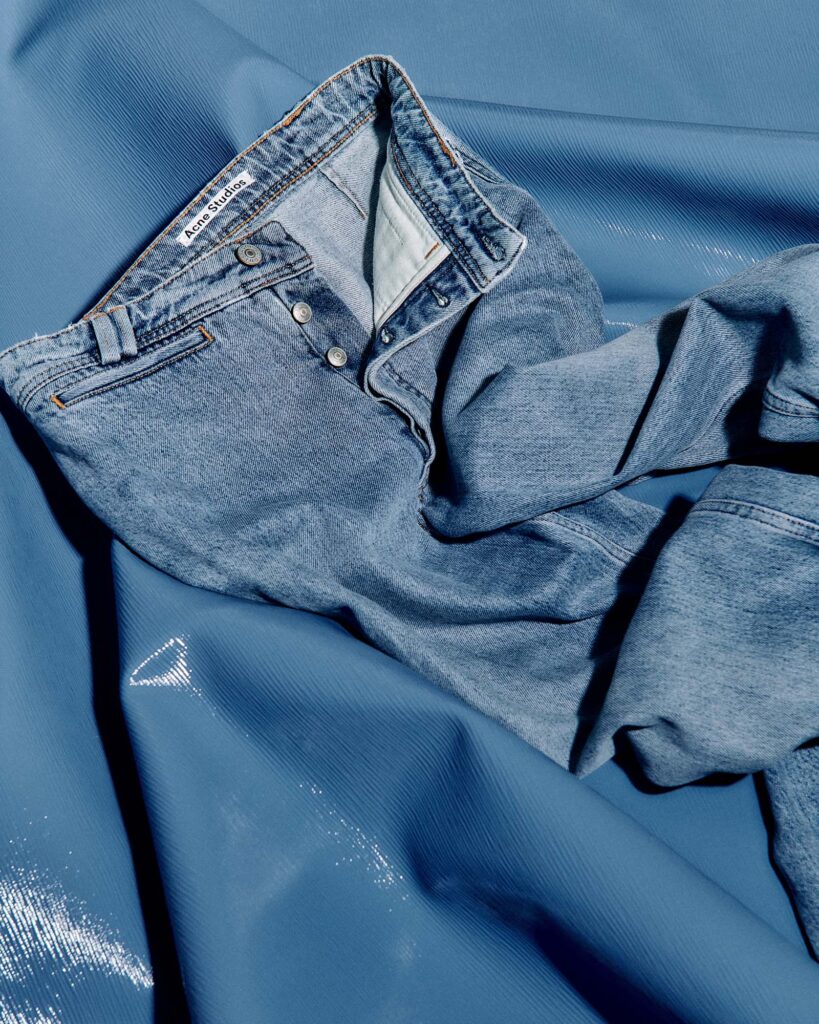
When asked about SWOP’s stance on fast fashion, Gordon reflects, "We choose not to resell any clothes from fast fashion brands H&M, Zara and Topshop. This ensures that the pieces we sell have plenty of life left with their future owners. Fast fashion collections that are churned out daily are only designed to last until they can be replaced by the next new thing. We also tend to steer clear of most polyester and synthetic fabrics, focusing instead on natural fibres like cotton, linen, silk and leather, which are high quality and built to last."
Despite their strict buy and trade criteria, there is the occasion that a rare, archival piece from brands considered to be ‘fast’ (think Supré) will make its way onto the SWOP shelves. Gordon explains, "While we wouldn't buy modern Supré, the brand was founded in 1984, so occasionally we see rare older pieces that were made in Australia in the 90s." Such pieces are a testament to the drastic deterioration in manufacturing that modern fast fashion practises have caused.
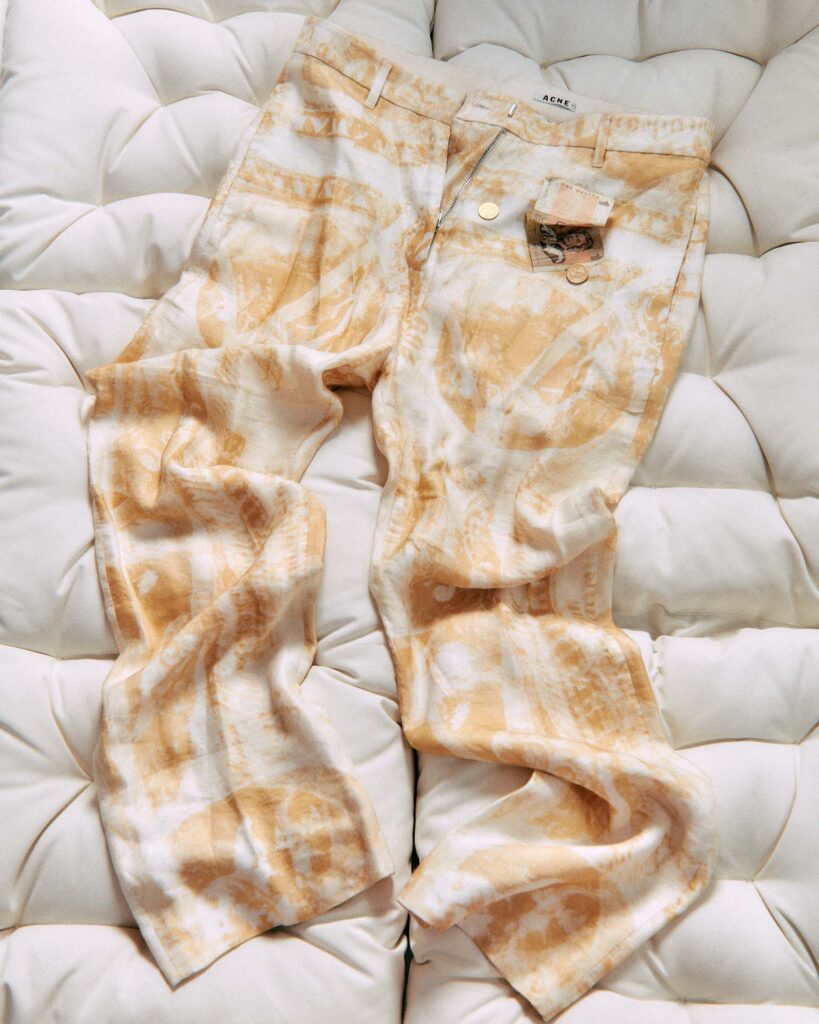
Within SWOP stores, shoppers can expect to sift through a thoughtfully curated mix of archival vintage designer and year-round wardrobe staples, from perfectly worn vintage Levi's 501s to 90s black leather coats. Alongside the classics lie highly coveted trending styles such as Y2K Diesel, Cop Copine and Marithe Francoise Girbaud. The buying team remains ahead of the curve with current trends, seeing jorts, ballet flats, bubble skirts and classic lace transcend the runway and make their way onto the SWOP shelves. "While we engage in the trend cycle, we know that fashion is cyclical, so our buying team makes sure to curate a selection of both micro-trends and classics that are always in demand. This ensures that what we have in store reflects what our diverse customer base is on the hunt for," explains Gordon. Filling us in on some of the most iconic fashion brands that have come through SWOP’s doors, Gordon reveals, "Margiela tabis are one of the most in-demand items at the moment. We've been lucky enough to see a few pieces from the Miu Miu 1999 FW collection come in, including the cyber boots of our dreams. We’ve had a haul of pieces from Junya Watanabe's Comme des Garcons 2003 parachute collection, the Australian Olympic team Mambo uniform from the Sydney 2000 Olympics, as well as the holy grail of vintage: the iconic cyber dot leggings from Jean Paul Gaultier's 1995 FW collection."
While the journey to becoming a more sustainable fashion consumer may not be simple or linear, progressive business models such as SWOP invite us to take a step back and reflect on the next garment we add to the ever-growing fashion cycle. Asking us to explore the concept of creating a style-defining wardrobe, SWOP provides ample proof that shopping for on-trend pieces does not always mean buying new.
Visit SWOP online or in store
Let's talk about Clothes: Prada's Fall Winter '23 Milan Fashion Week Menswear Collection
By Francesca Faccani
The Prada FW22 Show Reminds Us That Work and Purpose Come Hand in Hand.
By To Be Team
Prada's Galleria
By Clemetine Wilde
Gucci and Prada Raise Awareness for Tiger Protection Coinciding with Lunar New Year
By Anisha Khemlani
We need WALTER to see the future
By Annabel Blue
Miu Miu's School of Beauty and Tragedy
By Katie Brown
